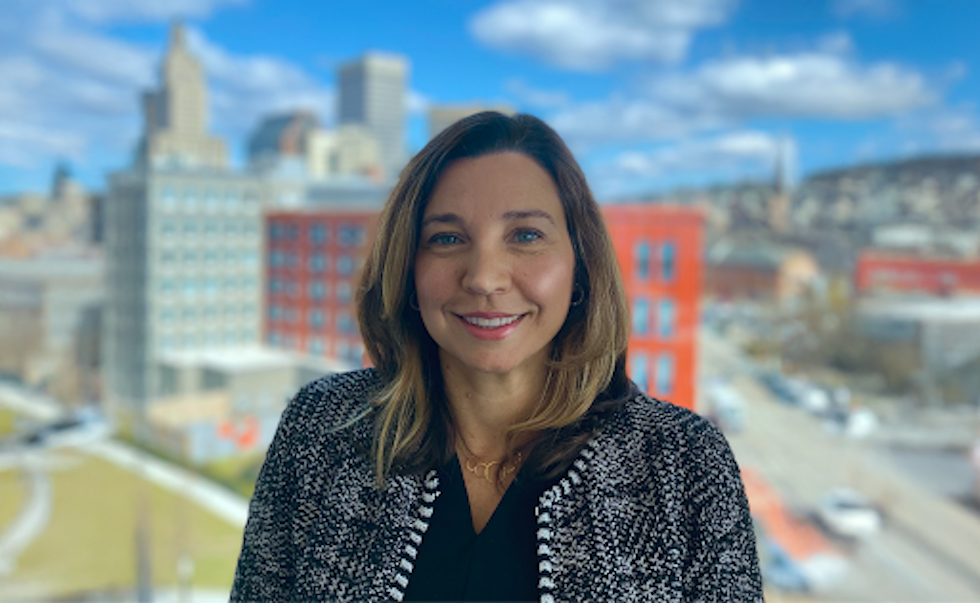The rapid pace of technological advancement, particularly in areas like AI, has created significant opportunities for employee upskilling. Our portfolio has evolved to meet this moment, offering courses in Effective and Ethical AI and Applied AI & Data Science, as well as custom programs for organizations with topics such as leadership and executive development in the age of AI. We aim for Brown to help lead the charge in preparing the workforce for emerging tech.
Another major shift that occurred is the workplace's increased focus on employee wellness, with mindfulness emerging as a powerful tool — especially during the pandemic, when the demand for these programs surged. This new priority evolved our portfolio of evidence-based mindfulness programs. Initially, these programs focused on training individuals to become certified mindfulness educators. Over time, we saw growing interest from the public at large including healthcare and service professionals, such as counselors, psychologists and teachers, who view mindfulness as a crucial tool for their own well-being and effectiveness.
Today, we cater to both groups by offering professional teacher training as well as shorter, accessible programs for professionals. This provides a pathway for personal practice and offers the option to advance to teacher certification. This dual approach enriches our offerings, builds a diverse mindfulness community and meets the needs of both aspiring teachers and professionals seeking personal and professional growth.
Can you share a standout moment or achievement during your time at the School of Professional Studies?
There have been so many memorable moments, but the launch of every new program — the product of teamwork and collaboration across many functional areas — always holds a special level of excitement. The launch of the master of science in technology leadership program is memorable as it was my first program launch at Brown. We’d been working to bring it to life for two years, and seeing it finally take shape was a true highlight. It was a real team effort and required a lot of persistence. I remember the launch celebration — we had all the faculty come together, and the provost was there, too. It was exciting to see the University introducing a brand-new degree.
Watching the students come to campus for the first time, drawn to Brown and this new program, was incredibly rewarding. And now, seeing where the program is today, currently enrolling its tenth cohort, makes that achievement even more special.
How have the professional master’s programs evolved in response to changing market demands or student expectations over the past few years?
One of the biggest changes has been the shift towards online, shorter courses, and an emphasis on optimizing the learning experience. Today, students expect a flexible, high-quality experience online. If certain content can be covered individually, they want the option to do it on their own time rather than attending synchronous sessions. When they are live, they expect value — like direct access to faculty and the ability to ask specific questions or get personalized insights.
The same is true for in-person experiences. When students come to campus, they want unique, immersive elements that they can't get online. Walking through the Van Wickle Gates, engaging in co-curricular activities and networking events with classmates and faculty— these are experiences that add value in person. It’s about delivering education in the most effective way possible, through the optimal channel.
Another trend is stackability. Students want the ability to earn credentials that can build toward something larger, whether that’s a certificate or eventually a full degree.
Finally, there’s a growing demand for personalized learning and return on investment, especially in professional development. Companies often want tailored leadership development programs that are specific to their business context and challenges. They also want to measure the return on investment for the organization. At Brown, our team has been successfully creating learning experiences that have lasting impact on participants and their organizations. Our faculty works with companies to understand their needs and builds specialized learning solutions. We measure impact during the program and afterward to ensure it’s meeting or exceeding expectations.
What factors inform your decision-making process when it comes to developing new programs?
Our approach starts with market data. We look closely at job trends, particularly the skills in demand and the growth of certain occupations. By identifying skill gaps, we get a sense of what learners need to be competitive in the job market. We also consult with our corporate partners and alumni to understand trends.
We also analyze the competitive landscape, assessing similar programs already out there. This involves looking at everything from learning goals, price points, duration and faculty to the branding associated with each institution. We want to see if there’s a competitive gap — whether the market is saturated or if there’s a unique angle we can bring.
Finally, alignment with our brand is crucial. We’re always considering which faculty members have both the relevant expertise and interest in working with adult learners to meet market demand. This blend of data, competitive awareness and alignment with faculty expertise guides us in shaping programs that meet both market needs and the interests of our educators.
What key areas of growth or new directions do you foresee for the School of Professional Studies over the next 5 to 10 years?
